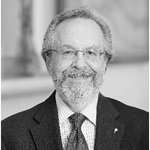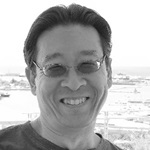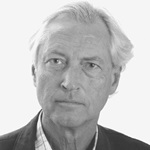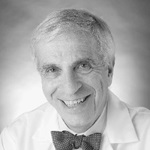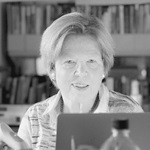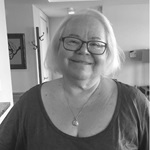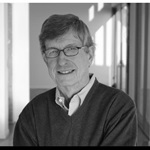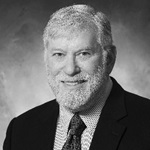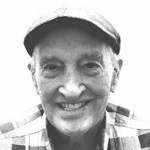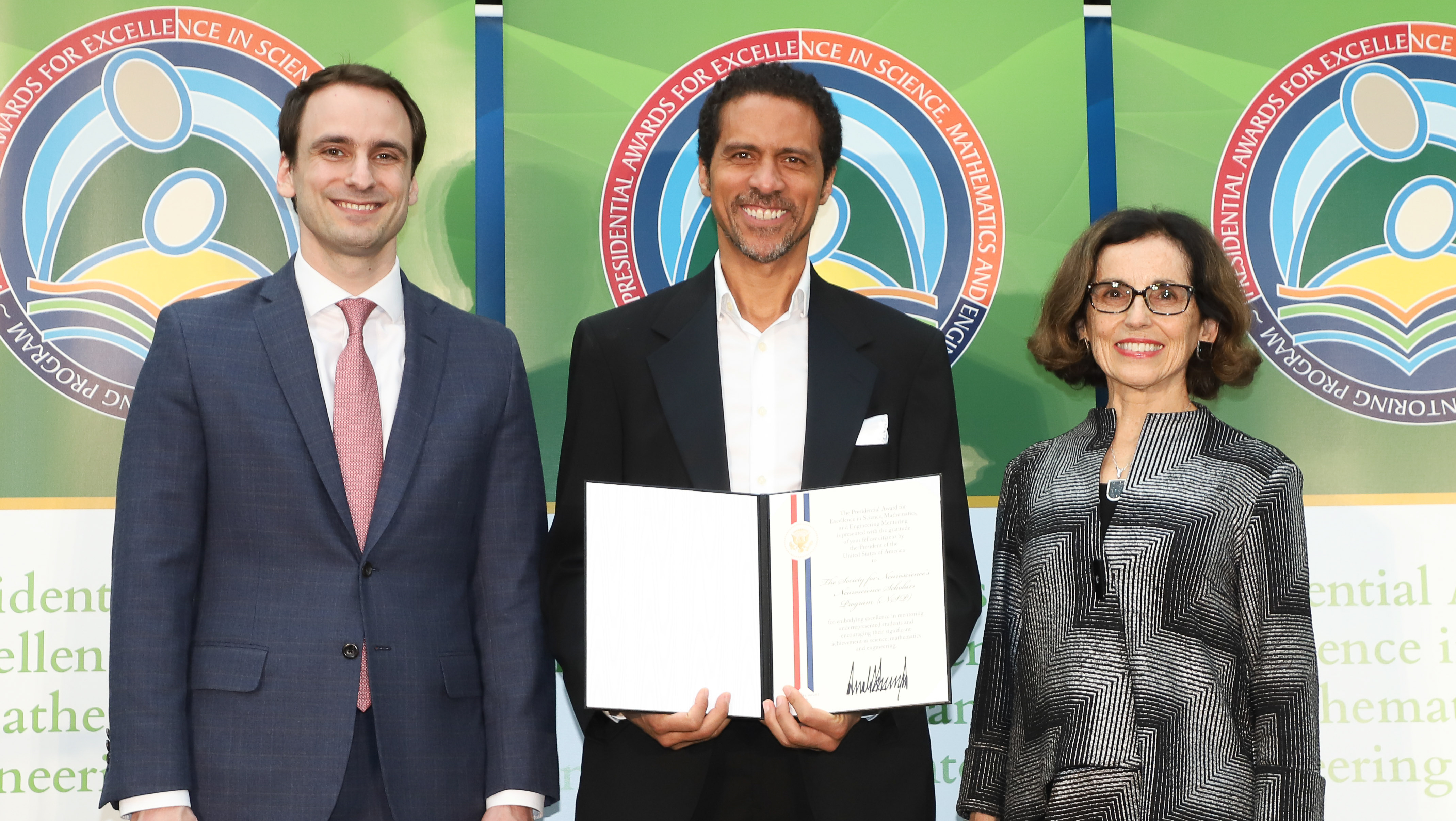
The History of Neuroscience: Leaders in the Field Share Their Stories
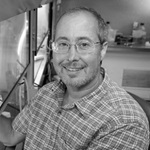
As a transgender scientist, the late Ben A. Barres experienced first hand the sting of gender stereotypes. Discouraged from pursuing childhood interests and initially from applying to the Massachusetts Institute of Technology (MIT), Barres said, “After class, I went up to the professor to show him that I had solved the question. To my dismay, he sneered at me and said that my boyfriend must have solved it for me.” Barres later told The New York Times: “One, I did not have a boyfriend. And two, I solved it myself!”
A collection of autobiographical chapters detailing the lives and discoveries of eminent senior neuroscientists, The History of Neuroscience in Autobiography, which recently published its tenth volume, offers established scientists an opportunity to share lessons they have learned throughout their career in a format that does not require them to divert time from their work. For early- and mid-career scientists, chapters can be a valuable source of career advice.
When Barres ultimately enrolled at MIT in 1972, women made up only about five percent of the student population, and the faculty was nearly all male. Despite being academically gifted, Barres struggled to find placement in a lab and faced overtly sexist remarks and attitudes. “Science in the twentieth century has had a hard time with diversity,” said History of Neuroscience in Autobiography coeditor Tom Albright, and personal stories like Barres’ provide a more complete account of the human endeavor that is the scientific enterprise.
Taking inspiration from the genre of scientific autobiography, exemplified by such classic works as Charles Darwin’s Recollections of the Development of My Mind and Character and Santiago Ramón y Cajal’s Recollections of My Life, coeditor Larry R. Squire initiated the History of Neuroscience in Autobiography series during his term as SfN president in 1993–94. “Personal narratives provide for scientists and nonscientists alike an insight into the nature of scientific work that is simply not available in ordinary scientific writing,” Squire wrote in the preface to the first volume.
Of the new volume, Squire said, “One never learns about the successes and the failures and the choices that were made, how one makes decisions. There’s a lot to learn about how science works by reading the personal recollections about it.”
The new volume features the following neuroscientists’ stories:
|
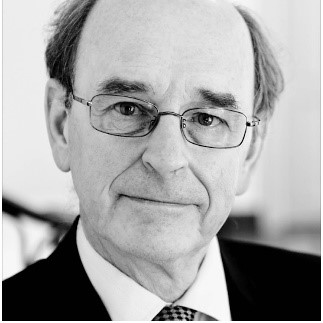 |
Anders Björklund “In 1981, we were one of the first labs to adopt the Morris Water maze test that had just been published. I heard about it at the Society for Neuroscience meeting … and thought it would be a great tool for our studies of hippocampus-related behavior.” |
|
|
Thomas J. Carew “I came to love the feeling of being on the hunt intellectually for important clues as to how the brain accomplishes the trick called “memory,” the effortless and yet magical feat of acquiring information about the world, somehow storing it, and then later retrieving it.” |
|
|
Dennis W. Choi “Walle Nauta, a founding member of the Society for Neuroscience (SfN), taught us neuroanatomy, regaling us one day about a time he saved a soldier’s life in World War II by drilling a hole in the man’s skull on a kitchen table and relieving an expanding hematoma.” |
|
|
Joseph T. Coyle “One of my patients was a 10-year old boy, who had no recorded visitors since his admission but was dying of end-stage lymphoma. I sat with him as he expired so he wouldn’t be alone.” |
|
|
Kjell Fuxe “I did not realize how lucky I was to live in Sweden, a neutral country during World War II. The rest of Europe suffered in its fight against Nazi Germany, while I was playing on the safe and quiet streets of Norrmalm in the city of Stockholm and in its parks.” |
|
|
Michael E. Goldberg “…on September 11, 2001.… We could see the smoke of the buildings, which had not yet collapsed. We went to the nearby Red Cross and asked if we could do anything. They decided that we could be a mental health unit and sent us down in a Red Cross Van to the foot of the Manhattan Bridge to help people who might be upset.” |
|
|
“The times were remarkable between 1967–1971, because of the intensity of social change, the politics of the Vietnam War, and, of course, the incredible music!” |
|
|
Steven E. Hyman “In June 1999, I participated in a White House mental health conference with President Bill Clinton.… The conference had important practical results, most importantly, the president extended parity of mental health insurance to all federal employees.” |
|
|
Eve Marder “When I walk back to the rig rooms and watch recordings of the rhythms of our preparations, I find myself in the same state of wonder that I first felt as a beginning graduate student. Peeking into the mysteries of life never gets old.” |
|
|
Roger A. Nicoll “It is my belief that the underlying drive of a scientist is little different from that of an artist.… The motivation is to discover and create something beautiful.” |
|
|
S. Murray Sherman “Science at that time (latter 1960s) was very different than now: It had a leisurely, laid-back style dominated by an ‘Old Boy’ network; competition for grant money, high-impact publication space … and recognition was considerably less than today.” |
|
|
Douglas G. Stuart “My vow to remain cheerful was severely challenged after I arrived in Sydney and visited my brother at the mental hospital where he was incarcerated.… He told me he was being given electroconvulsive shock therapy that could ruin his brain. This was true at the time, the refinement of such treatment not occurring until much later.” |
The complete series is freely available to download in PDF format and to purchase in print from the SfN online store. Stop by the SfN Booth at Neuroscience 2018 to check out all 10 volumes as well.




